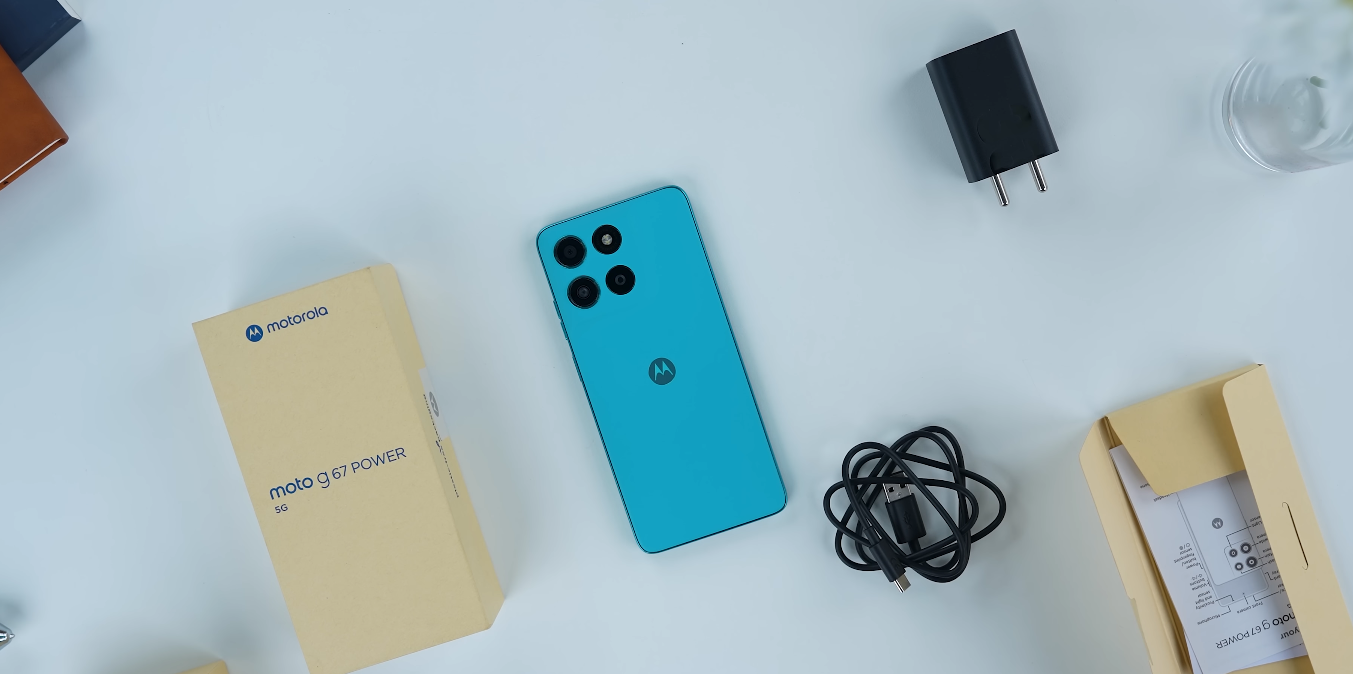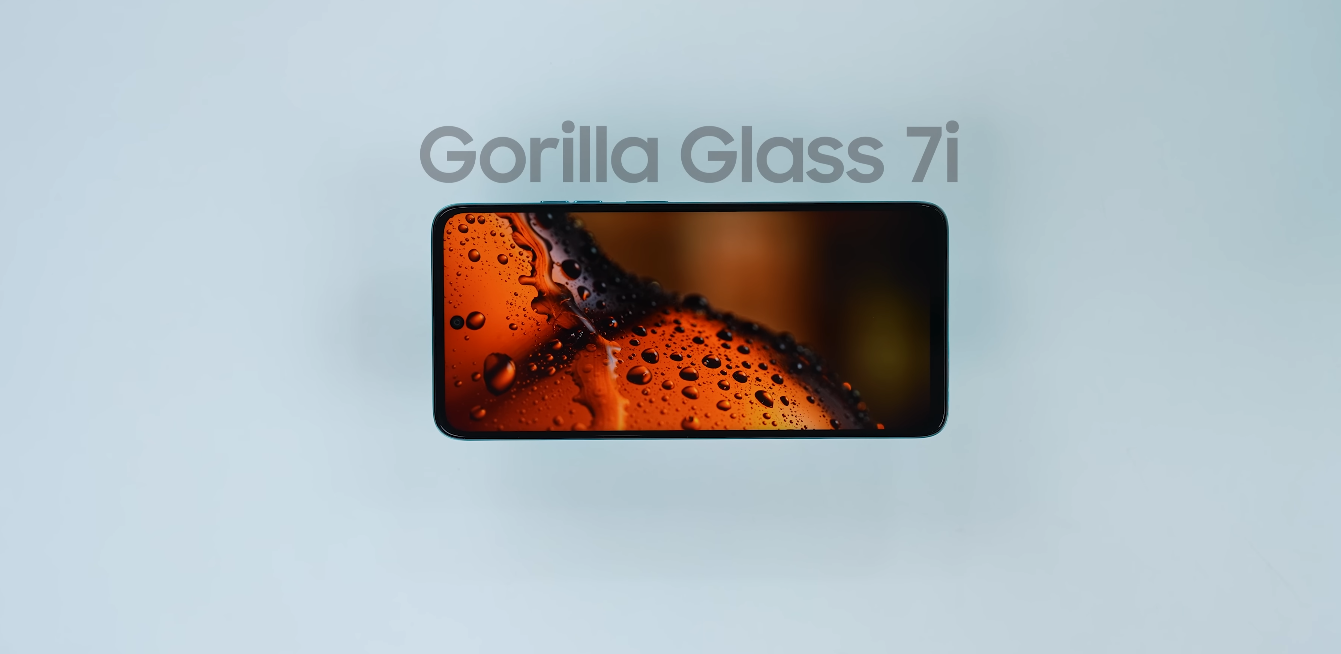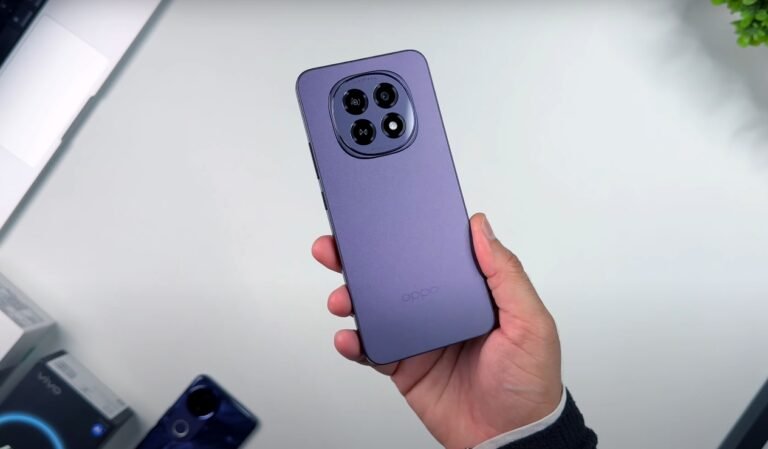Moto G67 Power brings premium features at low price

A mid-range phone that feels more polished than expected
The Moto G67 Power is shaping up to be a rather interesting arrival in the mid-range smartphone world, because the mix of features it brings is typically seen in more expensive devices. This is not just another battery-centric phone being pushed to buyers who want endurance above all else. Early confirmed details suggest Motorola is trying to deliver a package that feels genuinely elevated while staying within the value zone. And when a phone manages to offer that balance, it tends to catch more attention than the typical mainstream launch. That is why this model is quietly becoming a topic of conversation before full availability even begins.
One of the most appealing aspects here is that Motorola is not cutting corners in the visual experience department. The Moto G67 Power uses a 6.7-inch Full HD+ panel with a 120Hz refresh rate, and that instantly enhances the fluidity of day-to-day use. You feel the difference in scrolling, in general navigation, and in social app usage. Many mid-range handsets still sit at lower refresh numbers, and once users get used to the higher rate, going backwards feels dated. This display factor alone makes the phone feel more premium than its category usually allows.
Performance expectations also lean into a more modern tier. The confirmed Snapdragon 7s Gen 2 chipset is a solid mid-range platform, built for strong efficiency and consistent speed rather than wild benchmark spikes. In real-world behaviour, this kind of processor is ideal for the tasks that most users actually perform: messaging, content consumption, social apps, moderate gaming, and app switching. Combined with sufficient RAM, this allows the phone to behave with far less hesitation and fewer micro-stutters than many low-cost competitors. And that translates directly into user satisfaction.

Battery technology is another highlight that boosts the premium feeling without pushing the product into higher brackets. The Moto G67 Power uses a 7,000mAh battery, which automatically shifts the conversation from “how fast is it?” to “how long will it run?”. Multi-day usage is becoming an expectation for buyers in this zone, and this model actually aims for it instead of just advertising endurance. This is one of those features that adds real-world value in a way users immediately understand, because everyone knows how inconvenient mid-day charging can be.
The camera setup also aims above the typical mid-range baseline. The main sensor being backed by a newer generation Sony system suggests the phone is not treating photography as an afterthought. In practical terms, this means sharper daylight output, stronger detail retention in outdoor scenes, and better dynamic handling when lighting is mixed. Phones at this tier often struggle in this category. When a manufacturer invests in sensor technology instead of only boosting megapixel counts for marketing, results tend to be noticeably better over time.
On the software side, the G67 Power adopts a cleaner interface style that feels closer to stock Android, which is rather refreshing. Many competing brands push heavy skins and overload the interface with custom designs that actually slow down navigation. Here, the choice to keep things tidy benefits performance and helps maintain the premium character that Motorola is aiming for. A clean software base also reduces long-term risk of slowdown, which matters strongly for buyers who plan to keep their phone for more than a short period.
Durability notes also indicate that Motorola did not ignore day-to-day practicality. The reinforced construction approach, along with recognition of basic outdoor resilience, makes the phone feel like it can handle normal bumps of daily handling. That is important for general users, especially those who don’t keep protective cases on permanently. It is another layer of real-world value rather than just spec sheet decoration.
Overall, the Moto G67 Power feels like a rare mid-range model that tries to pull flagship-class elements into a budget-friendly bracket. It is not positioning itself as a stripped-down cheap device made to chase volume alone. It is instead presenting a practical blend of high refresh display, modern chipset, clean software, and extreme battery capability. For everyday users, especially here in the UK who prefer proper usability over gimmicks, this could be one of the most appealing combinations in the coming launch wave — a phone that behaves like something more expensive, without the shock to your wallet.






